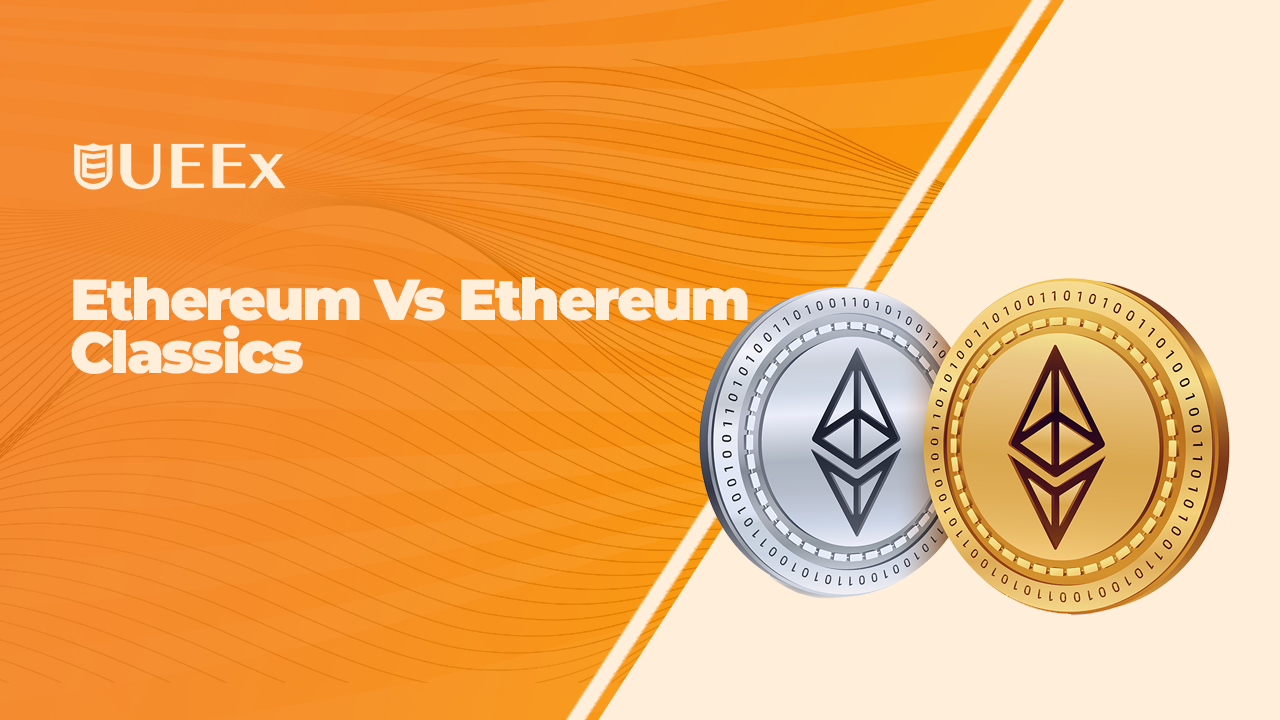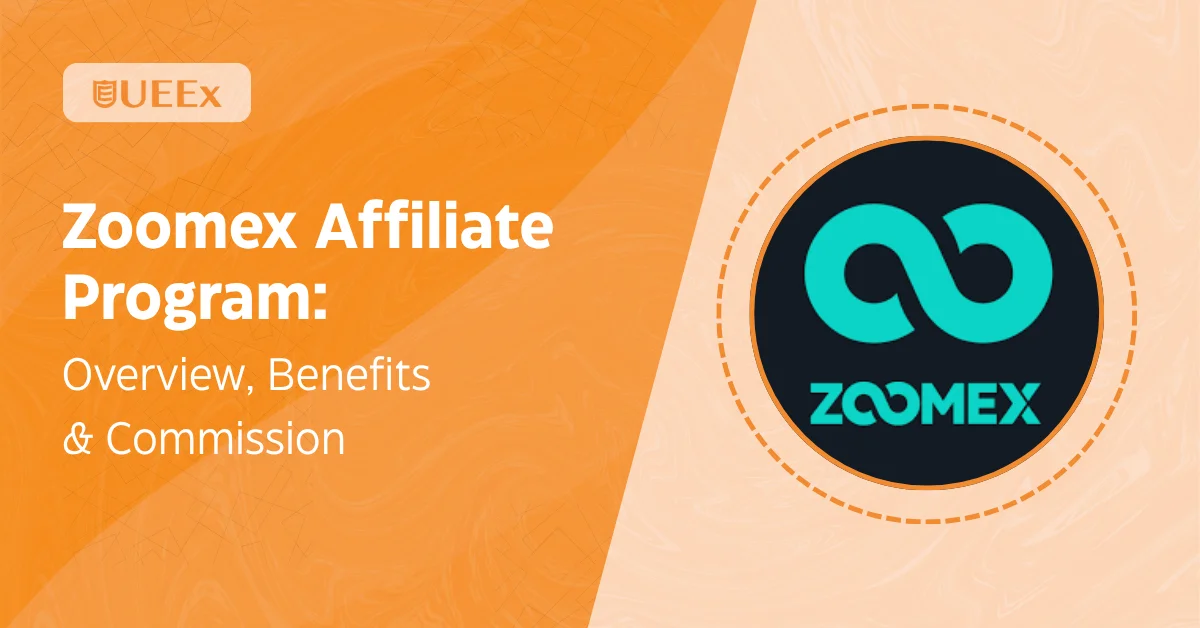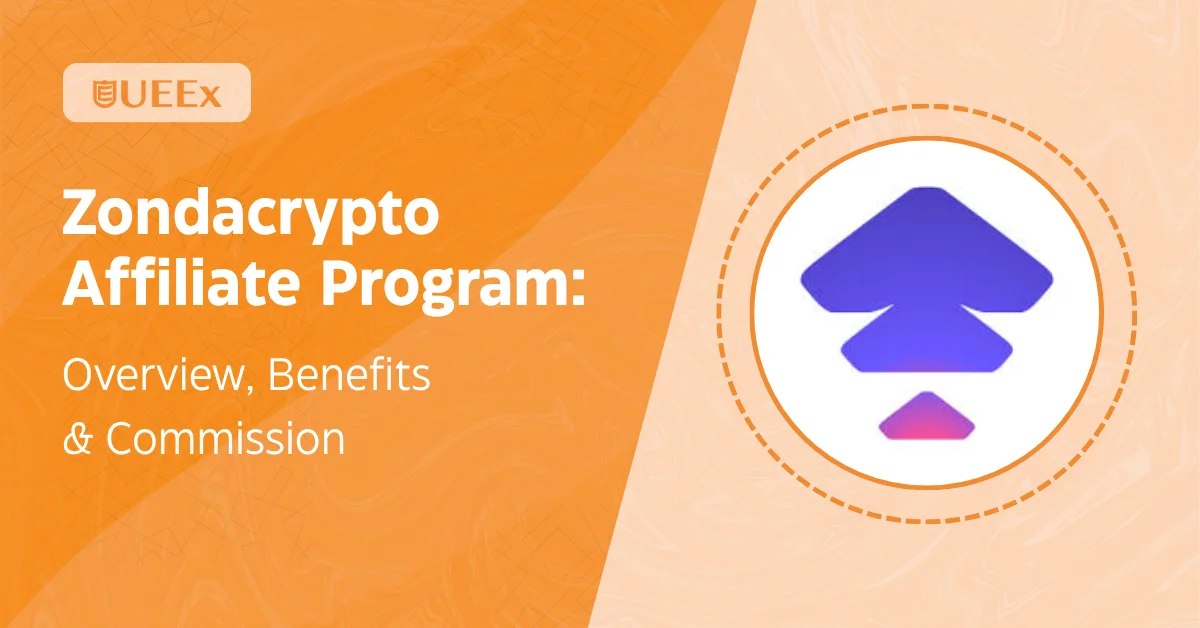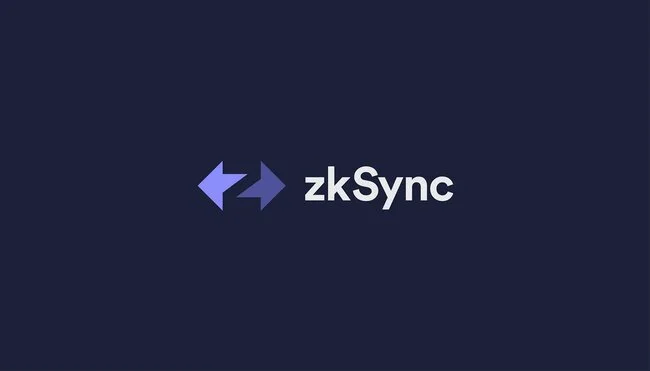When most people hear the name “Ethereum,” they often think of one of the world’s largest cryptocurrencies by market cap and home to NFTs, DeFi, and smart contracts. But what many don’t realize is that there’s not just one Ethereum. There are two: Ethereum (ETH) and Ethereum Classic (ETC).
The split traces back to a philosophical and technical disagreement that followed a major incident in Ethereum’s early days. Since then, both blockchains have evolved on separate paths, each with its community, security model, and vision for the future.
In this article, we will break down the differences between Ethereum and Ethereum Classic, examining how they operate, their growth, and what they offer developers, users, and investors today.
Key Takeaways
- Ethereum and Ethereum Classic are separate blockchains that split after the 2016 DAO hack.
- Ethereum transitioned to Proof-of-Stake (PoS) in 2022 to improve energy efficiency and scalability.
- Ethereum Classic remains committed to Proof-of-Work (PoW) and blockchain immutability.
- Ethereum supports a larger ecosystem of DeFi, NFTs, and enterprise solutions.
- ETH is considered a safer investment, while ETC offers a higher-risk, contrarian opportunity.
What is Ethereum (ETH)?
Ethereum is a decentralized blockchain platform that enables developers to build and deploy smart contracts and decentralized applications (dApps). Its native cryptocurrency, Ether (ETH), is used to pay for transactions and computational services on the network.
Ethereum operates on a global network of computers that execute programs using the Ethereum Virtual Machine (EVM), ensuring security and transparency without central oversight. In 2022, Ethereum transitioned from a Proof-of-Work (PoW) to a Proof-of-Stake (PoS) consensus mechanism, significantly reducing its energy consumption and enhancing scalability.
Ethereum’s versatility has made it a foundation for various applications, including decentralized finance (DeFi), non-fungible tokens (NFTs), and enterprise solutions. Its continuous development and upgrades aim to improve performance and expand its use cases in the blockchain ecosystem.
Ethereum also enjoys the most active developer community of any blockchain.
Technology and Development: Shift to Proof-of-Stake and Scalability
Ethereum (ETH) has undergone significant changes since its inception, the most notable being “The Merge” in 2022, which transitioned it from a proof-of-work (PoW) to a proof-of-stake (PoS) consensus mechanism. This move aimed to reduce energy consumption and lay the groundwork for scalability.
With PoS in place, Ethereum has its sights set on future upgrades, such as sharding and rollups. This will enable the network to handle thousands of transactions per second without compromising decentralization.
“Ethereum’s shift to proof-of-stake has reduced its energy consumption by over 99.9%.”
What is Ethereum Classic (ETC)?
Source: Pexels
Ethereum Classic (ETC) represents the original Ethereum chain, preserved after the DAO hack and subsequent hard fork. Unlike Ethereum (ETH), ETC has remained committed to proof-of-work, believing that immutability and censorship resistance are non-negotiable principles.
“The Ethereum Classic community views the idea that ‘code is law,’ therefore, the blockchain should not be altered. This has attracted a core set of users who appreciate decentralization and systems that do not require any external validation.”
While ETC has not seen the same explosive growth in dApps or DeFi, it maintains a loyal base of users and miners. It is also increasingly seen as a backup for GPU miners displaced by Ethereum’s transition to Proof-of-Stake (PoS).
Read Also: Ethereum Virtual Machine in Blockchain: What is it?
Technology and Development: Focus on Proof-of-Work and Immutability
Ethereum Classic uses Proof-of-Work (PoW) to validate transactions and add blocks to the blockchain. Miners compete to solve complex mathematical puzzles. The first to solve it gets to add the next block and receive a reward.
Ethereum Classic prioritizes immutability. Once data is written to the blockchain, it cannot be altered. This commitment came from rejecting the DAO rollback. The ETC community believes that transactions, good or bad, must stay permanent to maintain trust.
ETC has faced challenges, including multiple 51% attacks in the past. However, recent improvements in its consensus mechanism and network monitoring have aimed to strengthen its defenses.
History of Ethereum (Pre-fork)
Source: Pexels
Ethereum was launched in 2015 with an ambitious goal: to surpass Bitcoin’s capabilities by creating a decentralized platform that enables developers to build applications using smart contracts. The project quickly gained traction, thanks to its vibrant community, visionary founders (like Vitalik Buterin), and the promise of programmable money.
But everything changed in 2016 with the infamous DAO hack.
The DAO (Decentralized Autonomous Organization) was a groundbreaking experiment in venture capital, built on the Ethereum blockchain. It raised over $150 million worth of ETH from investors worldwide. However, a vulnerability in the DAO’s code was exploited, and approximately 3.6 million ETH was siphoned off by an anonymous attacker.
To undo the damage, the Ethereum community voted to hard fork the network, effectively rewriting history to return the stolen funds. This decision created a schism. Those who supported the fork moved forward with Ethereum (ETH). Those who opposed the change—believing the blockchain should remain immutable—continued on the original chain, now known as Ethereum Classic (ETC).
The DAO hack posed a philosophical question: Should a decentralized network reverse a transaction, even to right a wrong? The Ethereum community said yes; the Ethereum Classic community said no.
Similarities between Ethereum and Ethereum Classic
Despite their divergent paths, ETH and ETC still share a lot of foundational DNA. After all, they originated from the same codebase and pursued the same initial vision of a decentralized world computer.
Some of their key similarities include:
- Smart Contract Functionality: Both Ethereum (ETH) and Ethereum Classic (ETC) support smart contracts, enabling developers to build decentralized applications.
- EVM Compatibility: Both are Ethereum Virtual Machine (EVM) compatible, allowing many smart contracts to be ported between the two.
- Decentralized Ideals: Each network promotes decentralization, censorship resistance, and peer-to-peer value exchange.
- Token Supply Models: While they differ in exact policies, both have mechanisms in place to control token issuance and inflation.
Differences between Ethereum and Ethereum Classic
The key differences between ETH and ETC can be grouped into three major areas: ideology, technology, and community size.
| Ethereum (ETH) | Ethereum Classic (ETC) | |
| Ideology | Pragmatism and adaptability | Purism and immutability |
| Technology | Proof-of-stake consensus mechanism | Proof-of-work |
| Community Size | Larger developer and user base | Smaller but committed community. |
Ideology
ETH emphasizes pragmatism and adaptability. It’s willing to make trade-offs (like reversing the DAO hack or shifting to PoS) to promote growth, usability, and security.
ETC champions purism and immutability. It holds that “code is law,” meaning the blockchain should remain untouched, even in the face of catastrophic loss.
Technology
Ethereum (ETH) has transitioned to a proof-of-stake consensus mechanism, reducing energy consumption by over 99% and preparing for scalability through sharding and layer-2 rollups.
Ethereum Classic (ETC) has stayed with proof-of-work, focusing instead on simplicity, security, and preserving its original protocol.
Community and Ecosystem
ETH has a much larger developer and user base, with thousands of active projects in DeFi, NFTs, and enterprise solutions.
ETC has a smaller but committed community, with fewer dApps and far less total value locked (TVL) in DeFi protocols.
Read Also: Solana vs Ethereum: A Comprehensive Comparison for 2025
ETH vs ETC – Which is the Better Choice for Investors?
Source: Freepik
From an investment perspective, Ethereum (ETH) and Ethereum Classic (ETC) offer very different value propositions.
Ethereum (ETH) is widely regarded as the safer and more promising investment. It has a larger market cap, deeper liquidity, and stronger institutional interest. Major companies build on ETH, and it is integrated across almost all major crypto infrastructure, from wallets to DeFi platforms to Layer-2 scaling solutions.
Ethereum Classic (ETC), on the other hand, often attracts investors looking for a contrarian bet. Some view it as undervalued due to its low price relative to Ethereum (ETH), and its continued use of proof-of-work appeals to miners and those skeptical of proof-of-stake (PoS).
That said, ETC’s smaller developer base, history of 51% attacks, and limited ecosystem growth make it a riskier play.
Ethereum vs Ethereum Classic: The Future
The future of Ethereum looks bright. With the successful completion of ‘The Merge’ and ongoing work on sharding, the network is becoming faster, greener, and more scalable. As Ethereum solidifies its role as the foundational layer of Web3, it is likely to continue attracting developers, enterprises, and billions of dollars in value.
Meanwhile, Ethereum Classic’s future remains bleak. Its value lies in being a conservative alternative to Ethereum—an unchanging ledger for those who prioritize stability over speed or scale. It could also benefit as a fallback for displaced miners post-Merge and might attract specific industries that value censorship resistance above all.
However, ETC’s limited growth in developer activity and infrastructure means it may struggle to compete with ETH and newer, faster, innovative contract platforms.
Conclusion
Ethereum and Ethereum Classic began as one, but are now worlds apart. ETH has embraced innovation, community-led growth, and sustainability. ETC has held firm to its original principles, offering a leaner, more rigid blockchain focused on immutability.
Which is better? It depends on what you value.
If you believe in the future of DeFi, NFTs, and scalable smart contracts, Ethereum (ETH) is the clear choice.
If you’re drawn to the original vision of a truly unalterable ledger, Ethereum Classic (ETC) might be worth a closer look, just be prepared for a bumpier ride.
FAQs
What is the difference between Ethereum (ETH) and Ethereum Classic (ETC)?
Ethereum (ETH) and Ethereum Classic (ETC) are two separate blockchains that split after the DAO hack in 2016. ETH focuses on adaptability and scalability, while ETC emphasizes immutability and staying true to the original code.
Why did Ethereum and Ethereum Classic split?
The split happened after a major hack on the DAO. Ethereum’s community decided to reverse the hack through a hard fork, while a group opposed to changing blockchain history continued the original chain as Ethereum Classic.
What consensus mechanism do Ethereum (ETH) and Ethereum Classic (ETC) use?
Ethereum uses Proof-of-Stake (PoS). While Ethereum Classic continues to use Proof-of-Work (PoW).
Which blockchain is more energy-efficient: Ethereum or Ethereum Classic?
Ethereum (ETH) is more energy-efficient after it transitions to Proof-of-Stake, cutting energy use by over 99%.
Can smart contracts run on both Ethereum and Ethereum Classic?
Yes. Both blockchains support smart contracts and are compatible with the Ethereum Virtual Machine (EVM).






